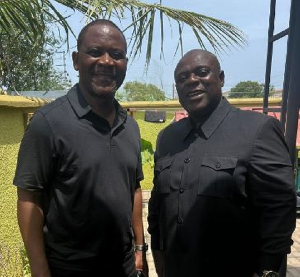He said that while African Americans tended to be heavier than their Ghanaian and Ugandan counterparts, "their systolic and diastolic blood pressures are similar." And he added that although African-American women generally have a higher body mass index (BMI) than white women in the US, there is no difference in the obesity rate between Caucasian men and African-American men, yet "African Americans are more likely to have hypertension." BMI is a measure of weight in relation to height used to gauge obesity. Keen presented the research here Friday at the American Heart Association ( news - web sites)'s annual conference on hypertension research.
He and his colleagues analyzed data collected from surveys of 496 residents of Uganda, 4,733 residents of Ghana, and the Institutes of Health survey of 39,695 Americans (NHANES III) that included 4,508 African Americans. The data from Uganda was collected in 1999, the Ghana data was collected in 1988, and the US data comes from a 1988-1994 survey.
In general, Africans who live in urban areas are more likely to "be overweight and to exercise less than Africans living in rural areas. This impact of urban versus rural is bad for both men and women, but is more apparent among men. We think this reflects lower levels of daily physical exercise."
When Keen compared African populations to white and Hispanic Americans, he found there "was a higher prevalence of hypertension among Africans at every BMI compared to BMI-matched Caucasian and Mexican Americans."
Other research has indicated that an expanding waistline or "spare tire" is a marker for high blood pressure and Keen said the new research confirms this observation. "Regardless of race, blood pressure goes up with waist size," he said.










